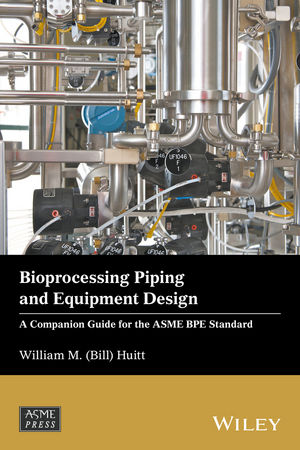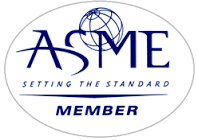
3 Days 3 Courses
| Biosafety Training – It’s serious business working with infectious agents in biological containment Level 3 facilities. The work performed in these facilities usual entails working with exotic or indigenous agents that pose either a serious or a lethal threat. A couple of good examples of these pathogens would include Yellow Fever and West Nile. It’s obvious if these agents were released into the air, the damage would not only affect individuals but the environment as well. Since workers of these facilities have an important role in the research of these harmful pathogens, their safety is also a concern. The base plan for safe operating procedures of a Containment Level 3 facility is an effective exposure control plan.
The control plan is a biosafety Training manual that addresses the unique conditions of facility design, current research, and personnel operations that is used to carry out the lab’s mission. The CDC provides an excellent reference for comprehensive biological risk assessment information and infectious agent summary statements. Titan Research Group in conjunction with W. M. HUITT CO. & ULTRACLEAN ELECTROPOLISHING, INC:THREE DAYS – THREE COUSES: CRN / B31.3 / BPEDESCRIPTIONCRN’s: The process and procedures for qualifying your non-Canadian or Canadian manufactured pressure containing product in obtaining a CRN for that product will be discussed in great detail. Mr. McGregor will walk you through this complex process, one that is complicated even more by the fact that each Canadian Province has their own individual set of regulations and rules of registration, in making the process understandable. He will address many of the questions you might have and the best way to approach and proceed through the process. B31.3/BPE: Like the mainstay ASME B31.3 Process Piping Code, the Bioprocessing Equipment (BPE) Standard has been developed, and is maintained by a balanced stakeholder membership of experts in the engineering, manufacturing, construction, and material sectors of industry. With its first publication issued in 1997 the BPE Standard was not fully integrated with the B31.3 Code until 2010 when it became a listed standard within B31.3, Table 326.1. This course will guide you through the differences between BPE and B31.3 and show you how they merge as one interconnected set of requirements and recommendations in specifying, designing, and constructing a fully compliant high-purity facility. It will also point out and explain the application and uses of the BPE Standard beyond that of its high-purity applications. Learn about the ASME BPE Certification program and how this benefits both the manufacturer and the user. METALLIC SURFACE FINISHING: An essential in bioprocessing material specifications is the application of electropolishing and passivation. Insider information will be provided on these processes, including a discussion on the remediation of rouge, followed by a fascinating facility tour showing how these essential operations are performed. The engineer, designer, constructor, and specifier will take away invaluable knowledge and a better understanding of these processes. Those attending will understand why the end result is so predicated on the knowledge and understanding of the personnel performing these operations in conjunction with their self-imposed protocols so necessary in achieving surface condition expectations on a consistent basis. |
Each student gets a free copy of:
Bioprocessing Piping And Equipment Design: A Companion Guide For The Asme Bpe Standard
What they are saying…
“Bill has great insight in determining what is needed to make a piping project successful and then making it happen.”
Jeff Bradley Engineering Consultant at Eli Lilly and Company
“Bill is extremely knowledgeable in his field of piping and materials. He is a wonderful person to work with and I highly recommend him.”
John Calvert Sr. Process Engineer, Independent Consultant
“Bill is well-organized in all of his activities and consistently exceeds expectations.”
Ken Kimbrel Vice President at Ultraclean Electropolish, Inc.




